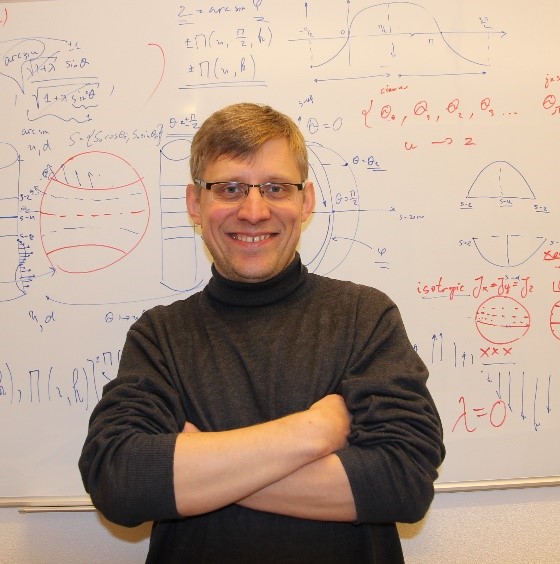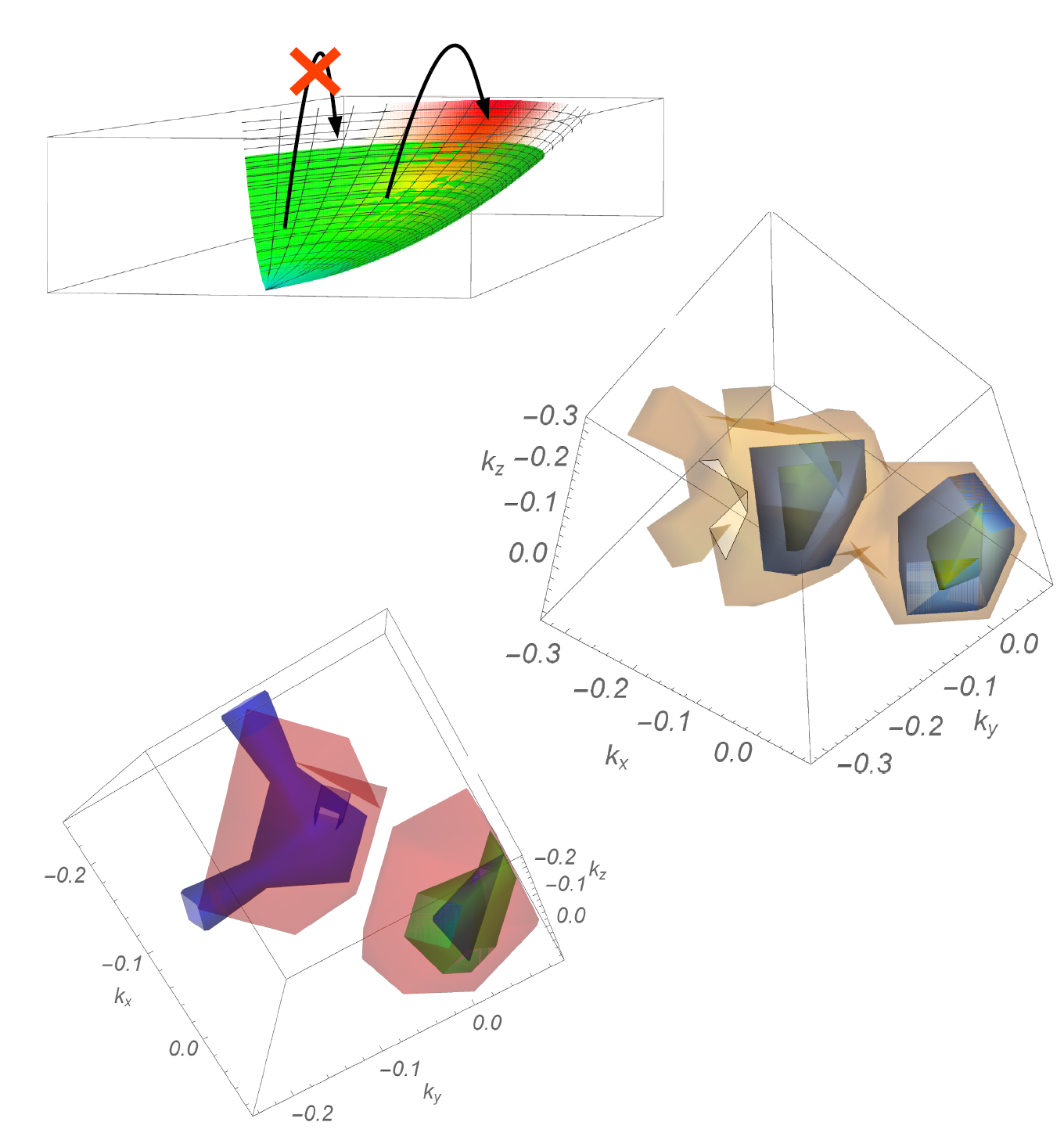
We are very pleased to announce that the list of winners of the first edition of the competition PASIFIC Postdoctoral Fellowship Program (scholarship program of the Polish Academy of Sciences) includes Dr. Piotr Chudziński, who will implement the project: "A new pathway for future electronic devices: collective electron-lattice states in nanostructures".
Biography: After obtaining his PhD at Paris-Sud University (Orsay, France) in 2008 where Piotr Chudzinski was working on cuprates, he became a postdoctoral fellow at the University of Geneva (Switzerland) carrying out the research on collective modes in semimetals (Bi1-xSbx family). He continued his postdoctoral research at the University of Regensburg (Germany) working on carbon nanotubes, at Utrecht University (Netherlands) studying columnar tri-chalcogenides and at the Queen's University of Belfast (the United Kingdom) conducting the study of incipient ferroelectrics. Currently, Dr Piotr Chudziński works as assistant professor at the Department of Theory of Continuous Media and Nanostructures, IPPT PAN
Project “A new pathway for future electronic devices: collective electron-lattice states in nanostructures
Research problem:
The problem lies in the research field of materials' physics. I intend to understand whether the couplling of electrons in a low dimensional system with a topological state of a lattice lead to new exotic orderings?
Approach:
The field theoretic description will be used for both the electronic liquid and elastic lattice. Then the two effective models will be couplled and instabilities of this composite theory will be investigated. The analytic theory will be supplemented by numerical studies. These latter ones will provide us with realistic amplitudes for various competing scattering channels.
The result of the project will be a better understanding of how electrons in nanostructures couple with a local boson for instance with a crystal lattice or an order parameter. The idea is to explore the energy landscape inside the nanostructure’s (to understand physics of the bosons) as well as potential many body instabilities that can emerge as a result of the coupling. We would also like to understand higher order processes when an electron simultaneously couples with several bosons, lattice excitations. In the framework of this last problem, there is already the first publication [Phys. Rev. B 106, L081103 (2022) ] where, with my Spanish colleague Pablo Aguado Puente, we have explored a phase transition driven by a coupling with a dissipative phonon lattice. In order to capture the transition correctly we had to include the possibility that an electron exchanges energy many times with the same boson of the phonons bath. This has not been accounted for before, and only on this level we were able to see a destruction of states protected topologically. The result is shown on the figure.

Fig.1 Momentum resolved phonon drag in SnTe. Top panel illustrates the idea where phonon couples strongly only with a fraction of available electrons. Right panel shows the result of calculation, with coupling strength iso-surfaces shown, confirming that this scenario is realized. Bottom panel shows the same iso-surface for three different temperatures, indicating the possibility of the T-driven phase transition
Impact:
Nanostructures are intensely developed branch of technology giving us hope to solve engineering problems on the smallest possible scales, scales of atoms. However, a theoretical description of such systems is frequently insufficient. Our project will, at least partially, fill this gap in our knowledge thus improve existing and pave the way for yet unknown technologies.
For instance, by studying nanoscopic thermoelectric transport one can hope to be able to remove heat from computer processors with highest possible resolution, while study of inhomogeneous superconductors should bring us closer to controllable quantum computing platforms.
















